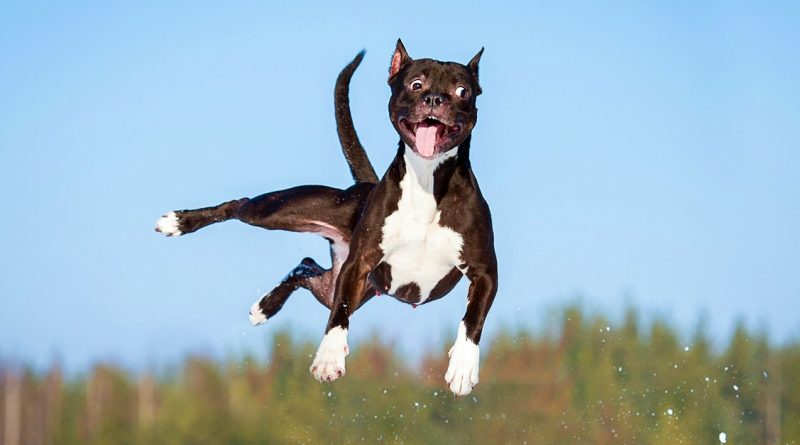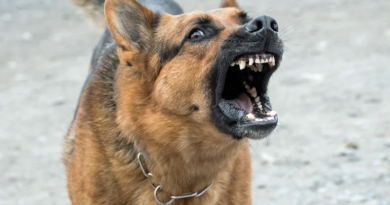Understand How Your Dog Learns
You cannot just simply jump into training without really understanding what is going on in your dog’s head. To maximize your training sessions, you should take the time to study your dog’s behavior, how they communicate, and ultimately learn.
The Concept of Learning from the Dog’s Perspective
If there is one thing that an owner should know, it is the fact that dogs do not learn in the same ways as humans do. Even if you have the most intelligent dog, he still has to keep up with your intelligence. Take for instance, a dog cannot be taught to read nor speak human language, or go to school, fetch your kids, do the groceries. That is just impossible. But the good news is, they have the ability to learn.
Visual communication
Dogs are visual. They are easily stimulated by what their eyes could see. They likewise respond to visual cues and much of their language is considered visual. They use their eyes, ears, nose, and tail to get their message across. These body cues can communicate myriad of messages such as hunger, playfulness, aggression, compassion, and many more. Oral communication – Body language is not the only tool to help you train your dog.
There are certain human words that dogs can understand. Some dogs communicate using wide variety of sounds. Barking, rumbling, snarling, growling are just some of them.
Most owners would take their cues on the sounds their dogs make even though we do not exactly understand what they are trying to say. Dogs, however, can learn to understand some human language and tend to filter the word pertaining to them. So how much does he understands? According to psychologists, they can understand roughly 200 spoken words.
So there is no reason why your dog cannot understand a repertoire of 20 words to be used for your commands.
Hand signals this is one of those movements that your dog easily get accustomed to. This is considered effective in that they always sound the same to dogs.
Using hand signals during training allows for more consistent sessions. For example, you use to raise your hand when you command him to stand up. So no matter what kind of situation or mood you are in, once you raises your hand, it would always give your dog the very same impression of asking him to stand up.
Body Language This is also important in training your dog. Apart from the hand signals and gestures, this also plays a big role in your training sessions. You will be surprised at how your dog knows you well by the way you walk, feel, and even the expression on your face. He can easily picks up on every mood displayed. If you greet your dog with a smile and uses your body to express your happiness, not only will your dog become focused during training and become attentive.
You will also give him the impression that he is doing a good job. If, however, you do it the other way around, with a tense body and facial expression, he will immediately know that you are displeased or irritated.
Different Approaches to Training
Now that you have an idea how your dog thinks and learns, it is time to know the kind of training tools at your disposal and what will work best for your dog.
The Popular Positive Reinforcement
The key here is for your dog to come out successful, reward him when he does well in training, and limit his chances for failure. This system is based on rewards, shaping, and fading.
This system of rewarding, shaping and fading is so important, we gonna explain it in the next post




